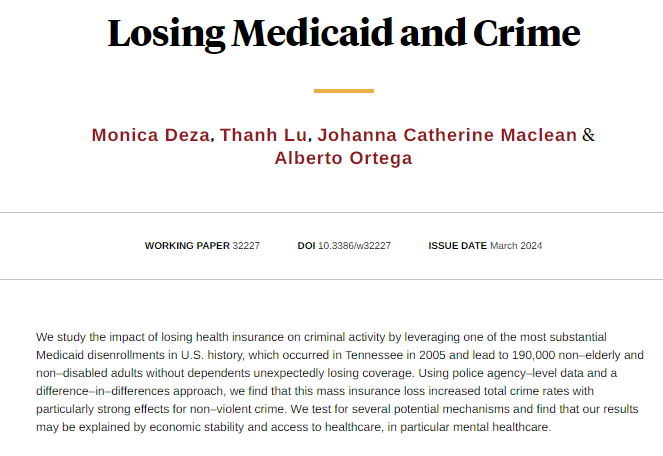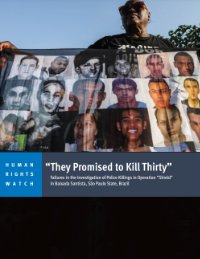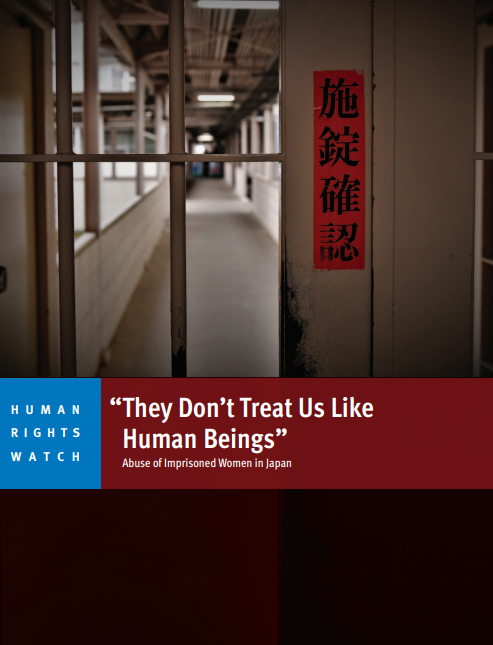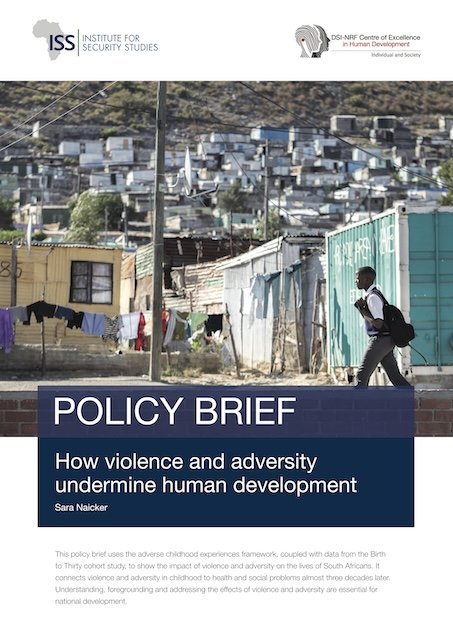By Emily Mooney and Casey Witte
Over 50 years ago, President Richard Nixon kindled a fire of fear by claiming drug addiction was a rampant problem among white, well-to-do teens. During a 1969 speech to governors across the nation, President Nixon remarked:
There has been sort of a general thought that so far as drugs were concerned, we find them in the ghettos, among the deprived, those who are depressed and turn to drugs as a last resort. That may have once been the case. It is not the case today. The primary use, as far as drugs are concerned, has moved to the upper middle class…
No longer seen as a problem simply relegated to the inner city, Republican and Democrat policymakers enacted policies which attempted to save youth from the perils of marijuana and narcotics by further criminalizing drug use and sales. Yet, while both urban Black leaders and suburban whites supported these changes, the former group did not benefit from investments in efforts to address the root causes of addiction—poverty, trauma and poor educational opportunities, among them—for which they advocated.
Much of the War on Drugs was based on misinformation and fear. Drug users and sellers in America’s urban centers were seen as sources of corruption—their incarceration necessary to prevent more addiction and crime. However, research suggests increased criminal penalties and other policy efforts to fight illicit drug use have had little effectiveness. Indeed, many American youth continue to use illicit drugs at high rates. And while some research suggests marijuana use may bring some harmful side effects, its role as a “gateway” drug to more addictive substances like heroin and cocaine was largely over-stated. For instance, at least one recent study suggests that the legalization of marijuana has not been marked with an increase in the use of harder substances.
Currently, opportunities for and examples of misinformation and fear-mongering within the criminal justice system are bountiful. The United States is facing a global health crisis and struggling to productively address long-standing issues of racial injustice. In the first half of 2020, our nation continued to see property crime and most forms of violent crime decrease, while murder and nonnegligent manslaughter rates (although historically still low) rose by nearly 15 percent when compared to the first half of 2019, while aggravated assaults rose by about 5 percent.8 Although still one of the most crime-free times in our nation’s history, many have been quick to blame this increase on policy changes, such early prison releases due to the COVID-19 pandemic, and civil unrest. Yet, as experts have pointed out, the intersecting forces of a global pandemic, economic recession, racial unrest and nationwide protests mean it will take more time, data and intentional analysis to decipher the causal mechanisms of any current crime trends.
In both the past and present, it has been easy for criminal justice policy to be driven by fear and emotional policymaking rather than a sober assessment of the facts. This occurs for somewhat natural reasons, as the consequences of criminal justice policy failures can appear more immediate and visceral: the potential for the death of a loved one, lost property or abuse are far more tangible concepts than cybersecurity threats or green energy. This is likely, at least in part, due to human memory—research shows experiences and events tied to strong emotions are more memorable than less dramatic or weighted incidents. Further, policy success is often measured by recidivism—a zero-sum measure of an individual’s return to crime—rather than other metrics which show incremental progress. On top of this, the media, more often than not, focuses on policy failures rather than policy successes.
Yet, fear-based and emotionally-driven policy debates and policymaking are a disservice to the American public. Policymakers and the public may incorrectly deduce or be blind to the collateral consequences of their policies and are prone to letting biases impact their decision-making. As a result, the same problems remain, which cost life, property and liberty in the process.
This paper seeks to address this trend by first examining the relationships between fear, misinformation and policy and then providing illustrative examples of modern criminal justice myths alongside the evidence stacked against them. It will then conclude with a short list of policy solutions to combat misinformation and fear-mongering in criminal justice policy.
R STREET POLICY STUDY NO. 213
Washington, DC: R Street, 2020. 14p.





















